A pair of local Boston University parents became empty nesters this summer.
We’re talking about the family of peregrine falcons that lived high atop BU’s 26-story StuVi II residence in West Campus. Three chicks—two males and a female—hatched in June and took their first flights in July.
The brood was fathered by “Zorro,” whose comings and goings have been closely documented since 2010 by a community of passionate local bird watchers. Zorro was first spotted at Boston’s Children’s Hospital, along with an unidentified female partner and chicks. Two years later, he was seen again, this time on a StuVi II ledge, possibly with the same female, and with two new chicks.
This past June, a local bird enthusiast noticed that the parents had three new chicks, a big deal since peregrine falcons are still considered endangered in Massachusetts, and reported the news to the Division of Fisheries & Wildlife (MassWildlife), noting that the now seven-year-old Zorro was the proud father. MassWildlife sent out a team led by Natural Heritage and Endangered Species Program assistant director Tom French to band and examine the new family members.

MassWildlife’s Tom French (left) secures a metal band around a chick’s leg so it can be tracked throughout its life.
With BU’s permission, in 2013 French had placed a box on the side of StuVi II, hoping that if Zorro and his companion returned to nest, the box would help protect the nest and eggs from the elements. It wasn’t until this year that the falcons used the box for their newly hatched chicks.
On the roof, French scooped up the chicks and put each in a canvas bag, then pulled each one out to secure the bands. Not yet able to fly, they stood, quietly at first, a few inches high, and then began squawking.
MassWildlife bands as many peregrine chicks as possible each year, which involves fitting a small metal tag with unique state and federal numbers around the bird’s leg. The numbers help scientists track birds’ migration, age, population growth, reproductive status, and more. The bands are “field readable,” meaning that a bird watcher can read the numbers using binoculars and then record them to keep track of each individual bird. That’s how Zorro was identified as the father of the current brood.
Banding done and photos taken, the chicks, estimated to be about three and a half weeks old in June, were then returned to the safety of the nest.


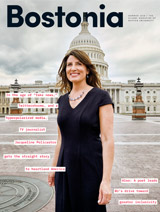
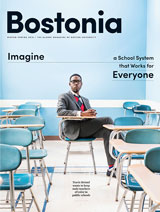



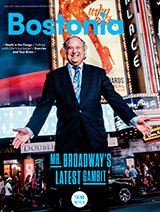


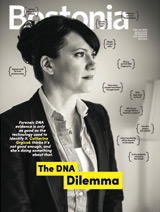
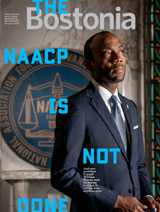
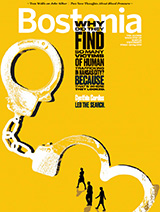



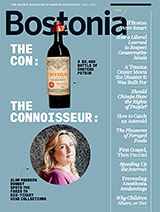
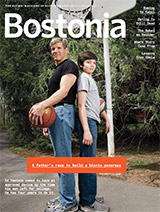
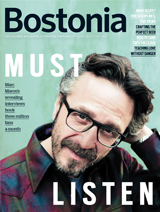

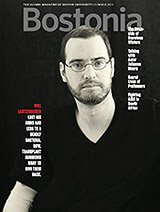
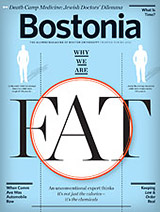

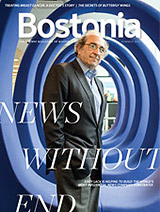


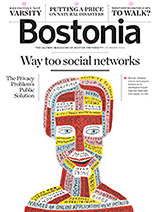
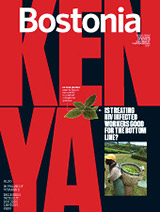
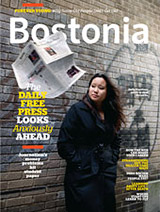
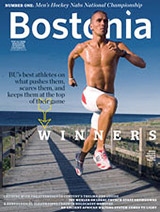
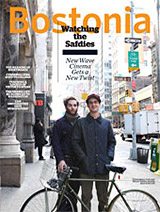

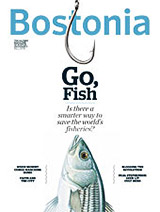
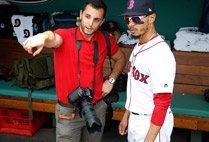

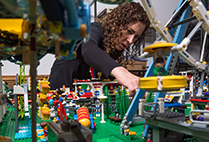

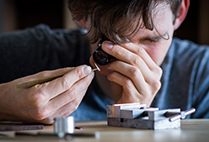
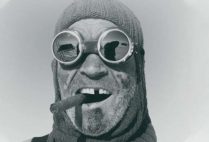
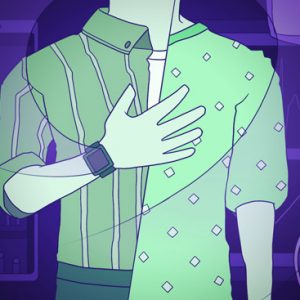

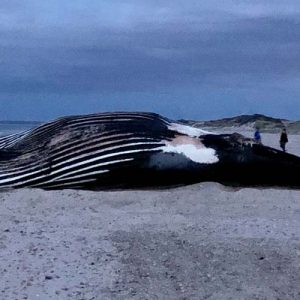
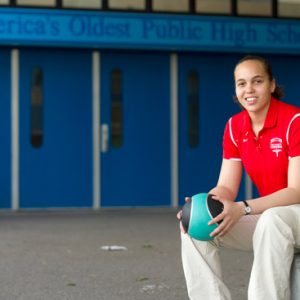
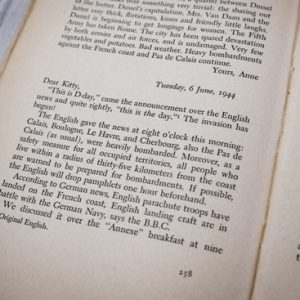



Related Stories
A Steep Learning Curve for BU’s Baby Falcons
Mama and papa build nest atop StuVi II for fifth year
LAW’s Hawk Gets a New Home
Bird of prey is moved to a more peaceful perch
Faking It with Johnny Depp
BU Band in Whitey Bulger biopic Black Mass
Post Your Comment